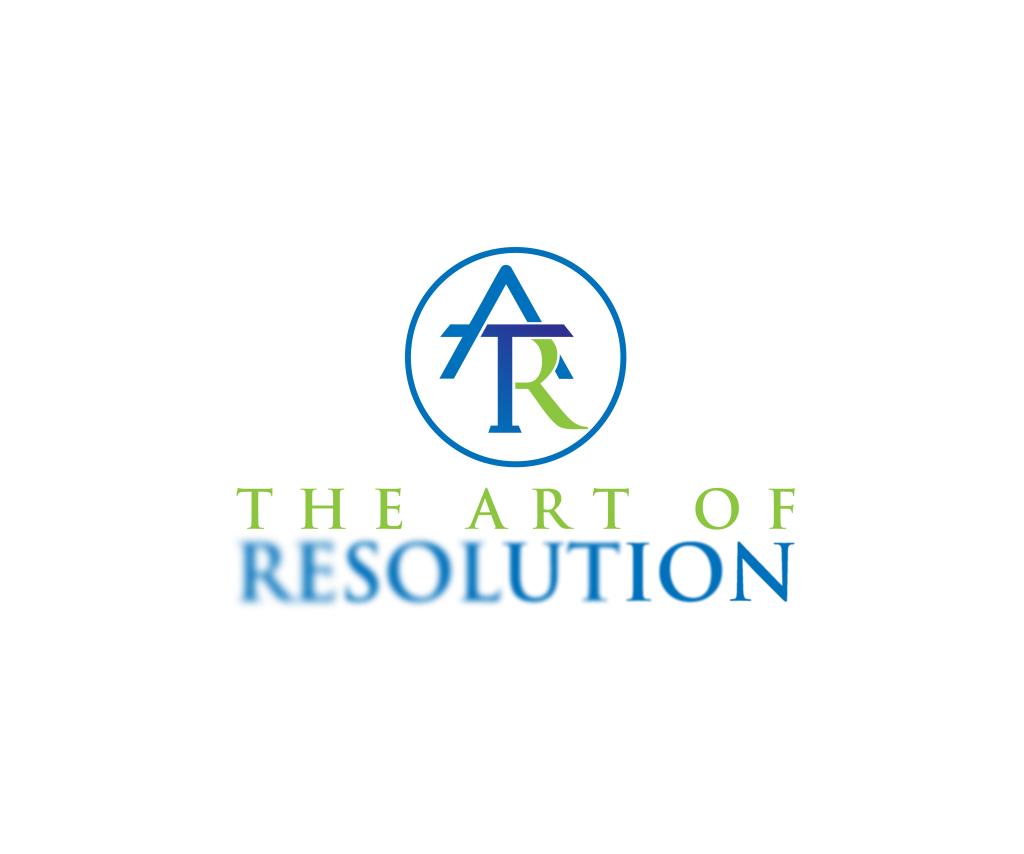by Andrew Flake
What has changed, in this time of virtual cat-filters and huge daily dollops of professional screen time, about good appellate advocacy? Instead of standing behind a podium, in a quiet and majestic appellate courtroom, we are logging in to argue, sitting at our desk or in a conference room. Has that shifted or modified how we prepare, or how we deliver our arguments? I thought it would be interesting to not only think through the issue, but to talk to and get perspectives from both appellate lawyers and judges.
Distilling what I heard, I would say this: As far as preparation, the fundamentals of what we do to get ready to argue and the rigor of that process, remain constant; what has changed, in some respect, is how we deliver the argument itself, and what new items we now need to include on our pre-argument checklists.
Here are some of the specific pointers I gleaned, all of which I can say my own experience has validated:
Get comfortable with the technology. Really comfortable. We all understand the importance of basic technology, but it bears repeating: verifying and testing that you have a stable internet connection, good and clear audio and and lighting. For these purposes, you can find good external lighting and audio or headphone recommendations online. And if you will be working with a new device or devices, like a borrowed or assigned laptop and mouse, give them a test run. In running through an argument presentation recently, I noticed that the cursor would, every now and then, slide and move on its own, like it was trying to sneak off the screen, or wiggle as if flicked by a ghost hand. That kind of glitch would be irritating or worse in an argument environment, and I wouldn’t have seen it had I not done an actual run-through.
Remove clutter or distractions from the background. Make sure your background is simple and not distracting. People are naturally curious, and given the way visual cues work, a viewer’s eye will move to any distracting art, knick-knacks you have in your dining room, the titles of books on your shelf — to any of these things, taking attention away from you and your message.
Setting up my camera recently, before a hearing over Zoom, I arrived in an assigned conference room to see (an admittedly interesting) piece of East Asian art hanging on the wall behind me. I love elaborate ceremonial headdresses as much as the next lawyer, but from where I was sitting, it looked like I was wearing it. As a rule, a well-lit room is fine, whether in your home or office, so long as you have equally simple background. You also want some contrast with whatever you are wearing, so that your own figure is not washed out. The guiding principle here is that attention should be on your argument, not on what is behind you.

Prefer a physical, not a virtual, background. One of the judges I spoke with mentioned that virtual backgrounds, even if they are plain and not views from the space shuttle or on top of a blade of grass, can be distracting. In virtual space, when the speaker is moving, the pixels can move, creating weird effects and disapparations. You don’t want your decisionmaker to be wondering where half of your arm went, or why your hair vanished, during your argument. So consider passing on the virtual background, in favor of an actual camera displaying your real physical environment.
Make your movement intentional. When you are “in frame,” sitting of course, is appropriate, and you want to make sure you are sitting calmly. Remain still. Since the proximity of the camera will magnify any facial expressions, gestures, even small ones or tics, only gesture when it is natural and appropriate and helpful.
Recognize, too, that whether you are speaking at the time or not, the camera is still on, and you are still in frame. In virtual argument, it is much more likely that, even during your opponent’s argument, the judges will look at you. You don’t really know, at any point, which of the participant boxes the judge is choosing to view. So maintaining an appropriate demeanor throughout is important.
Be especially alert for questions. I think it is more important than ever to be on the lookout for comments or questions from the panel. It is easier on a screen with multiple video participants and one audio channel to inadvertently talk over a judge, and certainly to miss a gesture or expression that indicates a question is coming; it happens more frequently, with no bad intention, but the effect is somehow magnified when it is online. And that can appear the wrong way to the other judges watching, if not the judge asking the question. So make pausing to hear the judge’s comment or question an automatic action. Zoom provides a function that lights up the active speaker, which you can use as a visual cue to pause.
A related issue is that the panel itself may often ask questions at the same time. It was for this reason, by the way, and ensuring adequate time, that the United States Supreme Court implemented a policy of rotating among the justices for questions. You don’t want to add to the conversational cross-currents.
Engage visually with the panel. Interacting with the entire panel is easy, since everyone is on the same screen. You can address the questioner and in effect, the whole panel at once. If you are trying to look a panel member “in the eye,” though, remember that you will need to look at the camera aperture on your monitor, not at the person’s image; looking at their image gives the impression of looking slightly away.
Maintain a conversational tone. The admonition not to read holds true, and is even more important in virtual argument. If there is a particularly salient quote, keep it brief, put it in context, and deliver it in a natural and not monotone voice.
And definitely do not, ever, unless you are emphasizing a key quote, just read from a slide. The video environment seems to make longer quotes — and certainly any reading of the argument, which should be avoided at all costs — much more soporific. In discussing appellate argument, Justice Cardozo once cautioned against marching through a detailed dissection of individual cases, what he called a “wearisome and gruesome” scene; so, too, should you avoid text-heavy slides or slides that quote too much from cases.
For similar reasons, think about variety in delivery. A respectful, conversational tone is always helpful, and is also engaging. You are there to help the panel out.
Consider using demonstratives or displaying particularly important exhibits. Assuming you are familiar with and have complied with the rules concerning exhibits, take advantage of them. There is an inherent time built into calling up and using any exhibit, but it can be done very quickly through the screen share function. I heard from one appellate judge who made a point of commenting how much he liked such exhibits. We sometimes hear a bias against demonstratives in oral argument, but I think that has historically been more a function of the time limitations. Provided it is impactful and does not take too much time, consider whether screen sharing key visuals can add to your impact.
Practice. If you have not argued before, you should take the opportunity to deliver your argument by Zoom, and watch yourself, and how you appear. Correspondingly, take the time to watch oral argument before your court, and the individual judges on your panel. In Georgia, we can access and view oral argument online for both of our appellate courts.
A related point: you are making a recording, and some judges will go back to view portions of a recorded argument. A well-known appellate advocate, in discussing the limitations of the medium, once referred to the “fleeting impression” oral argument makes. I’m not sure that is so in the larger since, since we’ll often have a transcript, but to the extent he was referring to more emotional impressions left just after argument, those can now be repeated on a re-viewing.
Do these principles have enduring importance? I predict that the option to argue virtually will outlast the necessity for pandemic-related/social distancing protocols. Both the judges and advocates I’ve spoken with expressed a real liking — I would even say a pretty decided preference — for online argument.
Judges like the efficiency and ability to focus in even more closely on the arguments; lawyers like the logistical convenience, in that notes, record references, and case law can be referenced even more quickly, with attention remaining on the panel. Clients, I would add, in that we are often eliminating travel time and expense, appreciate the cost-effectiveness.
All of that tells me that the virtual option is here to stay, probably with some courts offering an in-person or hybrid option.
